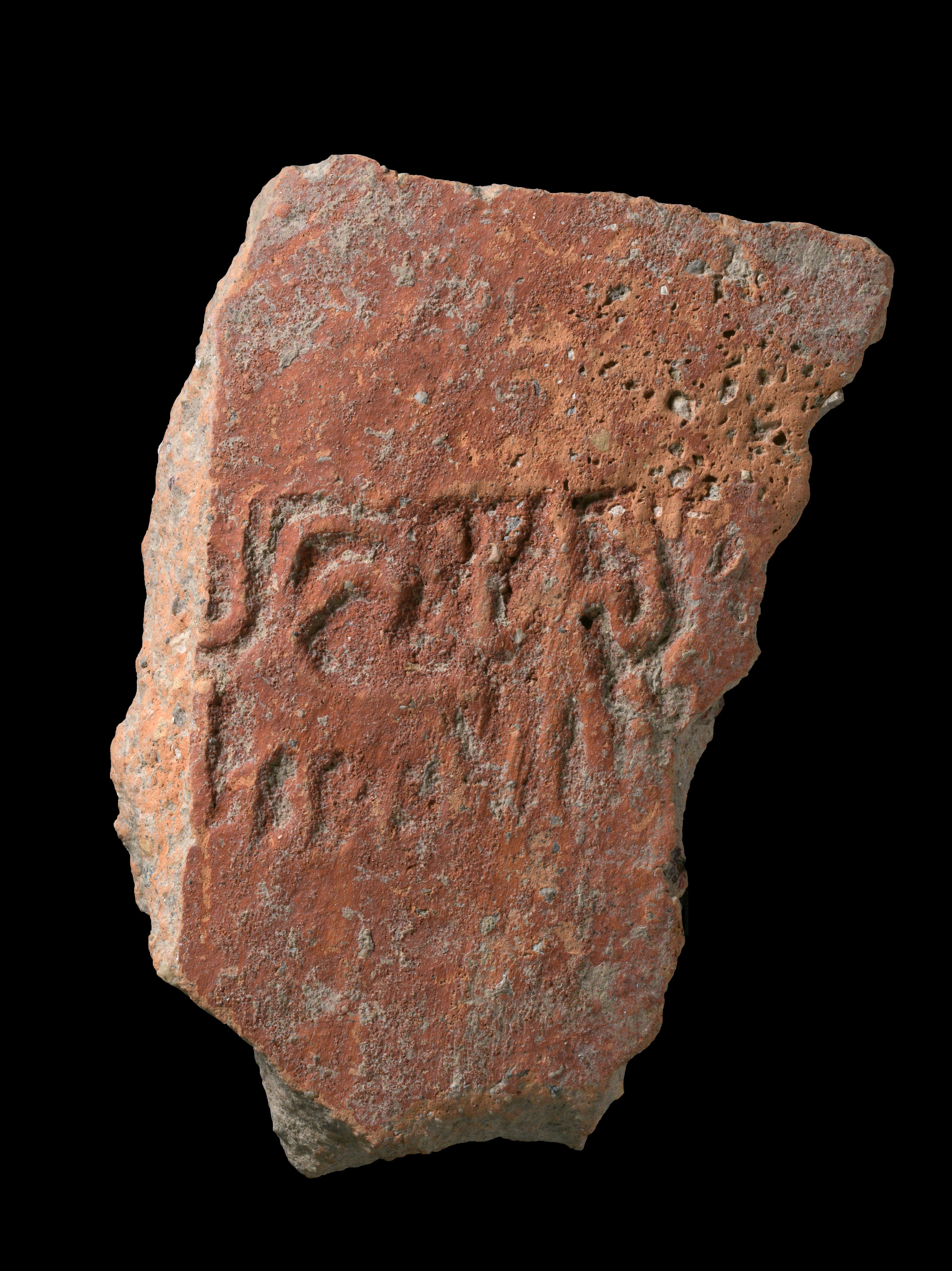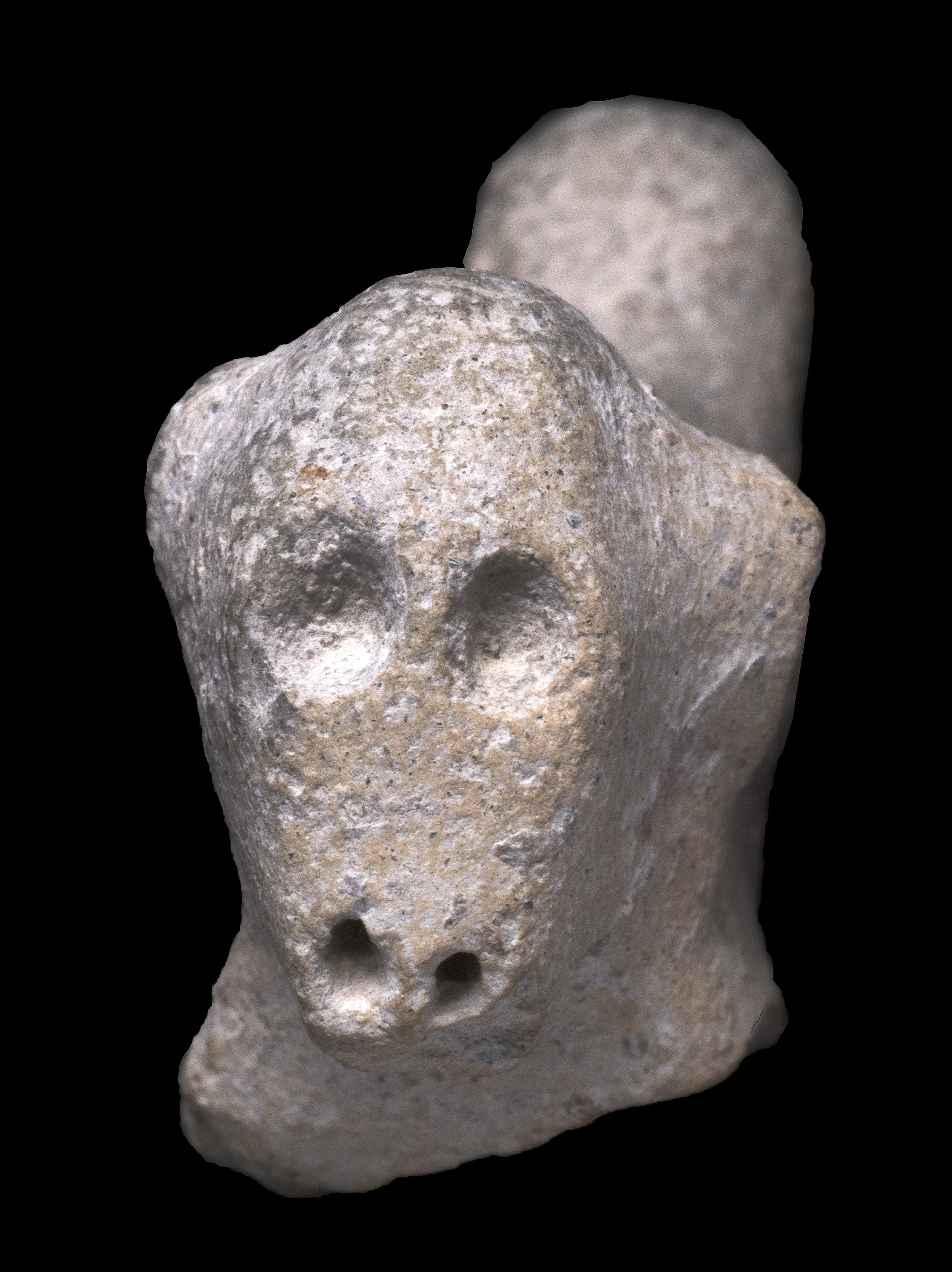For two and a half years the Israel Antiquities Authority (IAA) has been uncovering a vast city in Northern Hasharon. The city is about 5,000 years old and is the largest and most central ever discovered in Israel. According to Itai Elad, Dr. Yitzhak Paz and Dr. Dina Shalem who are directing excavations on behalf of the IAA, “This is the Early Bronze Age New York of our region; a cosmopolitan and planned city where thousands of inhabitants lived.”
Excavations at the En Esur (Ein Asawir) archaeological site were initiated and funded by the Netivei Israel Company, who discovered ancient architecture while carrying out groundwork for a highway interchange. As the IAA’s excavations proceeded they revealed a massive city spanning over 650 dunams (about 160.6 acres), large enough to accommodate around 6,000 inhabitants. The city dates to the Early Bronze Age (EB), around the end of the 4th millennium B.C.E., but evidence of an earlier Chalcolithic city (about 7,000 years old) was also discovered beneath the EB houses. Most likely, the city’s inhabitants chose to settle there because of the location’s proximity to two springs which offered an abundant water supply in antiquity. These springs allowed the inhabitants to derive a living from the agricultural cultivation of the surrounding land.
Aerial photographs of the excavation site. Photo: Assaf Peretz, Courtesy of the Israel Antiquities Authority
A stone basin for liquids, apparently used for religious rituals. Photo: Yoli Schwartz, Courtesy of the Israel Antiquities Authority
The city is complete with well-planned streets, residential and public areas, and a fortification wall. According to the directors, “Such a city could not develop without having behind it a guiding hand and an administrative mechanism. Its impressive planning, the tools brought to Israel from Egypt found at the site, and its seal impressions are proof of this.” In the public area, archaeologists found a strikingly large ritual temple. Situated in the temple’s courtyard was a large stone basin for holding liquids used during religious rituals. Inside the temple they discovered a facility containing burnt animal bones, evidence of sacrificial offerings. Along with the bones were a number of rare figurines, including a human head, and a seal impression of a man with lifted hands standing beside an animal. “These findings” the directors say, “allow us to look beyond the material into the spiritual life of the large community that lived at the site.” Excavators also found millions of pottery fragments, flint tools, and basalt vessels that were brought to the site from elsewhere, an evidence of local trade.
According to the directors, “There is no doubt that this site dramatically changes what we know about the character of the period and the beginning of urbanization in Israel.” The Early Bronze Age is a fascinating period in the history of ancient Canaan, one in which “the rural population gives way to a complex society living mostly in urban settings.” The residential buildings, diverse facilities and the public buildings are evidence that an organized society and social hierarchy existed at the time. “This is a huge city” the directors observe, “a megalopolis in relation to the Early Bronze Age, where thousands of inhabitants, who made their living from agriculture, lived and traded with different regions and even with different cultures and kingdoms in the area.”
The excavation directors in a 5,000-year-old alley. Left to right: Dr. Yitzhak Paz, Dr. Dina Shalem, and Itai Elad. Photo: Yoli Schwartz, Courtesy of the Israel Antiquities Authority
Over the course of the excavations, about 5,000 youth and volunteers assisted in unearthing the ancient city. This was done as a part of the IAA’s heritage-sharing project which aims to connect the young people of Israel to their cultural heritage and develop a shared sense of belonging. The program also fosters an awareness of the importance of preserving Israel’s antiquity sites. Following the IAA's exposure of the unique excavations site Netivei Israel changed their construction plans in order to protect the impressive city. The archaeological ruins have been thoroughly documented using advanced means and will be covered in a controlled manner for their protection. The new interchange will be built high above these ruins, to permit its preservation for future generations.
Thousands of youth and volunteers participated in the excavation. Photo: Yaniv Berman, Courtesy of the Israel Antiquities Authority











